Tea 101: Many Different Types of Tea
Coffee is our passion. But when our taste buds are seeking a little variety, or for health and wellness, we are so happy to have our exceptional assortment of teas. More and more Americans are waking up to the world of tea – white, green, black, and more; from the artisanal processing methods of Chinese Oolongs and Pu-Erhs, to the fortifying health elixirs of Japanes Matchas, Genmaichas, and Kukichas, to the shockingly sweet & spicy shots of Indian Masala Chai, all have distinct styles and traditions; often flavored or scented to amplify and complicate existing aromas, like Jasmine, Mint, Rose, bergamot (Earl Grey), and pine smoke (Lapsang Souchong) – there are countless unique flavors!
We would like to invite our customers to explore the wonderful world of tea – also known as “cha” in China and Japan, or “chai” in India – with us, and to savor this ancient beverage enjoyed by more people than any drink besides pure water! Sometimes choosing from a list of foreign or fanciful names may feel intimidating, so we are providing a few primers to get you started.
Teas are categorized into “White,” “Green,” “Oolong,” “Black,” and “Pu-Erh” types, each with distinctive characteristics and flavors. All teas come from the Camellia sinensis plant, an evergreen shrub native to China, and while regional weather conditions and soil types contribute to the flavor profile of each tea, the most notable differences are determined by the way the tea is processed.
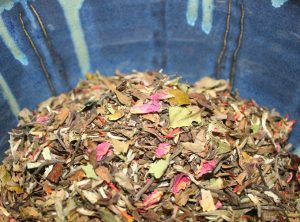
Plum Pai Mu Tan
White teas are minimally processed, with a very light, sweet flavor and high antioxidant content – like a cupful of new spring growth. Nearly all white teas hail from Fujian Province in Eastern China, and they tend to be quite rare in the West. Very young buds are picked when they are still tightly enclosed in new, pale, silky leaves. Tea bushes with large, fleshy buds are used for most white teas – these buds become Silver Needles, while buds plus the next two leaves become White Peony teas. The gentle flavor profiles of white teas make them excellent for adding subtle fruit and floral flavors. White teas are typically steeped in 170 degree water for 3 minutes.
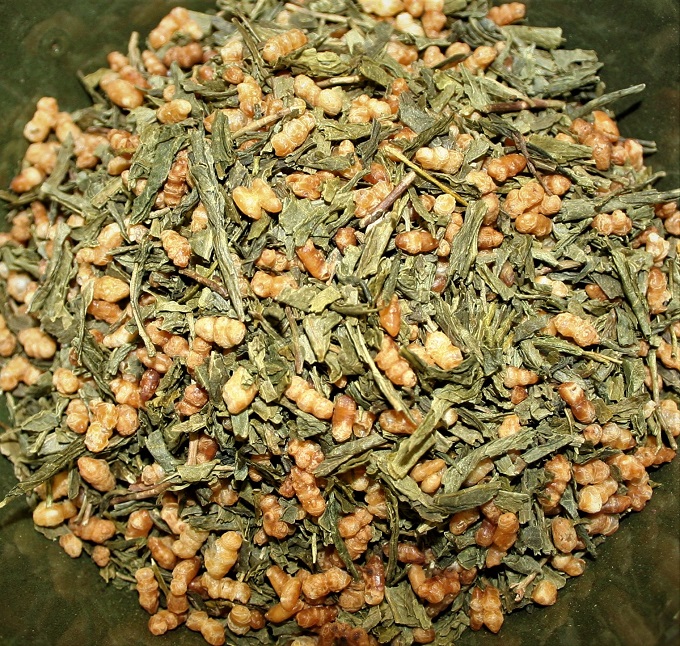
Genmaicha
Green teas are most popular in China and Japan. Green teas are heat-processed to prevent oxidation. Premium teas are generally steamed or pan-fried, and then Sencha teas are rolled into fine strands, Gunpowder teas are rolled into pellets, and other types are painstakingly shaped and tied into elaborate “blossoms” that unfurl in the bottom of the cup or teapot. With less processing, leaves plucked in the morning are ready to be brewed that night, and green teas provide the most antioxidants and consequent health benefits. Avoiding oxidation allows green tea to retain its color, tannins, vitamin C, chlorophyll, and minerals. The taste is therefore more astringent and more subtle than Oolong or black teas, and the effect on the body is more fortifying than stimulating. Japan has created numerous interesting health elixirs, including Matcha (finely powdered tea), Genmaicha (tea with toasted rice), and Kukicha (tea twigs). The astounding diversity of Chinese green teas presents a seemingly endless variety of flavor profiles. Green teas are mostly steeped at 180 degrees for 2-4 minutes.
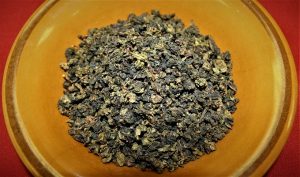
Ti Kuan Yin Oolong
Oolong teas are half-way between Greens and Blacks, making them tasty, healthful, and stimulating – a completely satisfying tea, and a favorite of connoisseurs! These teas are partially oxidized as they go through a “withering” process, then they are rolled into balls, and eventually heated to stop oxidation at just the right moment. Depending on how long oxidation is allowed, Oolong teas can range from dark green to nearly black, and may contain a wide variety of flavors ranging from bright, astringent, and green to complex, nutty, and smoky. Oolong teas may be steeped between 180-200 degrees for 3-6 minutes.
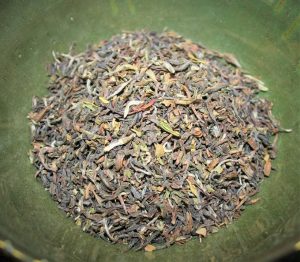
Darjeeling, Margaret’s Hope Estate
Black teas are most popular in India and in the West. Indian teas were first cultivated by the British, who had previously traded tea with China. Brits in Northeast India discovered a wild tea variant, a sub-species called Camellia sinensis var. assamica, and put it to work in vast plantations. English Breakfast, Irish Breakfast, Earl Grey, Darjeeling & Ceylon teas all come from this rather different tea plant. To make black teas, leaves are withered in the sun, then rolled to break open tissues, so that inner chemicals react with the air (or “oxidize”) and begin to ferment. Leaves change from green to red and then eventually to brown or black. The oxidation process brings out new flavors, often fruity, floral, or malty. Black teas are generally steeped at boiling (212) for 3-5 minutes.
Pu-Erh teas mostly come from Yunnan Province in Southern China, and these rich and sophisticated products undergo an elaborate fermentation process, including aging. Freshly-picked leaves are briefly withered, then partially heat-processed to stop most oxidation. Then leaves are rolled, but *not* dried and packed like other teas – enzymes, bacteria, and fungi continue to slowly ferment the leaves and to produce rich, complex flavors. Traditional Pu-Erh teas are fermented for at least 6 months, sometimes up to 30 years! Nowadays most are made using an enhanced fermentation process that simulates long aging in less than 1 year. These teas are revered for their medicinal benefits, cutting cholesterol, aiding digestion, warming the body, dispelling the effects of alcohol, and refreshing the mind. And what a flavor profile! A good Pu-Erh is like a single-malt Scotch – unique, rich, with a powerful aroma and best savored sip by sip with friends. Pu-Erh teas may be prepared like black teas. But they are best enjoyed in the traditional style – a series of small cups, steeped in clean boiling water for 15 seconds, then 30 seconds, then 45 seconds, etc, up to 8 times. White, Green & Oolong teas may be prepared in a similar manner; see “How to Steep the Perfect Cup of Tea.“
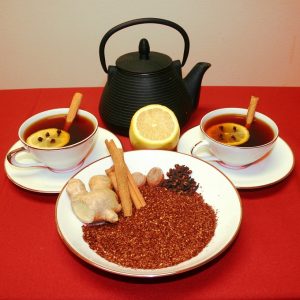
Warm Rooibos Cocktails
Herbal “teas” are not, in fact, teas at all – Rooibos, Chamomile, Hibiscus, etc contain no Camellia sinensis and no caffeine. They are still delicious and healthful, of course! Most herbal infusions are best when steeped in boiling water for at least 5 minutes, sometimes up to 20 minutes (this is especially true of herbs with medicinal benefits – longer steeping means more of the good stuff!). With long steeps, remember a lid on your cup to keep it warm.
With so many different types, it is impossible to sum up the flavor profiles and health benefits of our many herbal infusions. We continue searching for more special herbs and blends to supplement our many exceptional teas. Check out this special article all about our favorite herbal infusions!
Freshness is of vital importance, as the delicate and complex flavors of teas fade over time. The very finest teas will go to market only days after they are plucked in the spring and early summer. Unfortunately we rarely see these in the United States. At Burman Coffee Traders we seek out only the freshest teas. We store everything in airtight containers and send your order in resealable bags to ensure that you receive the highest quality possible.
UPDATE: We wrote a whole new post about our favorite NEW teas! Check it out…

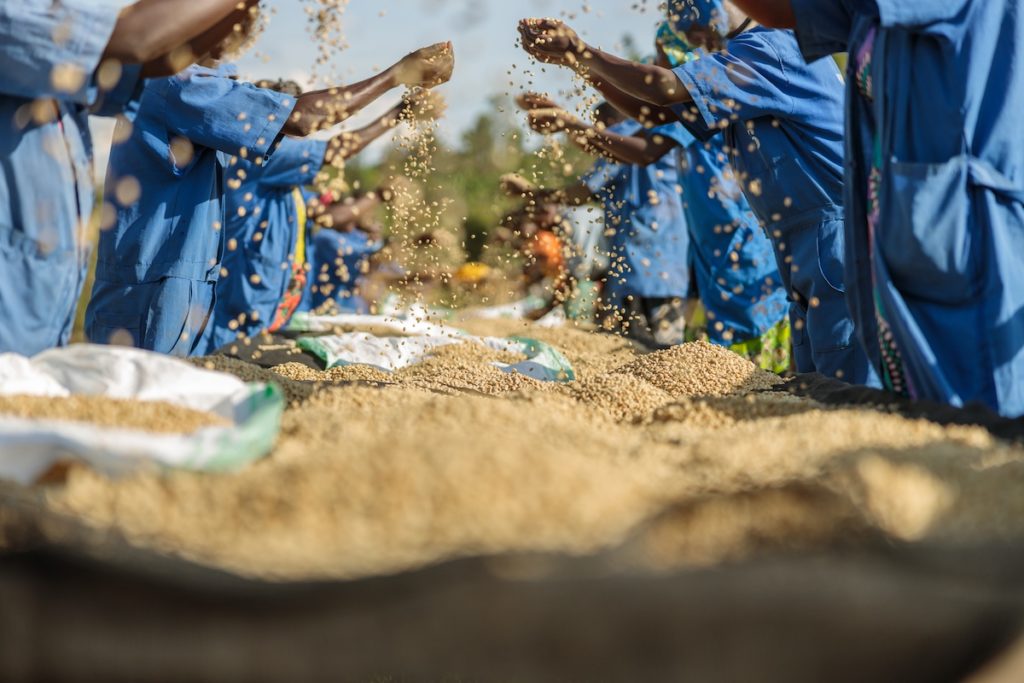
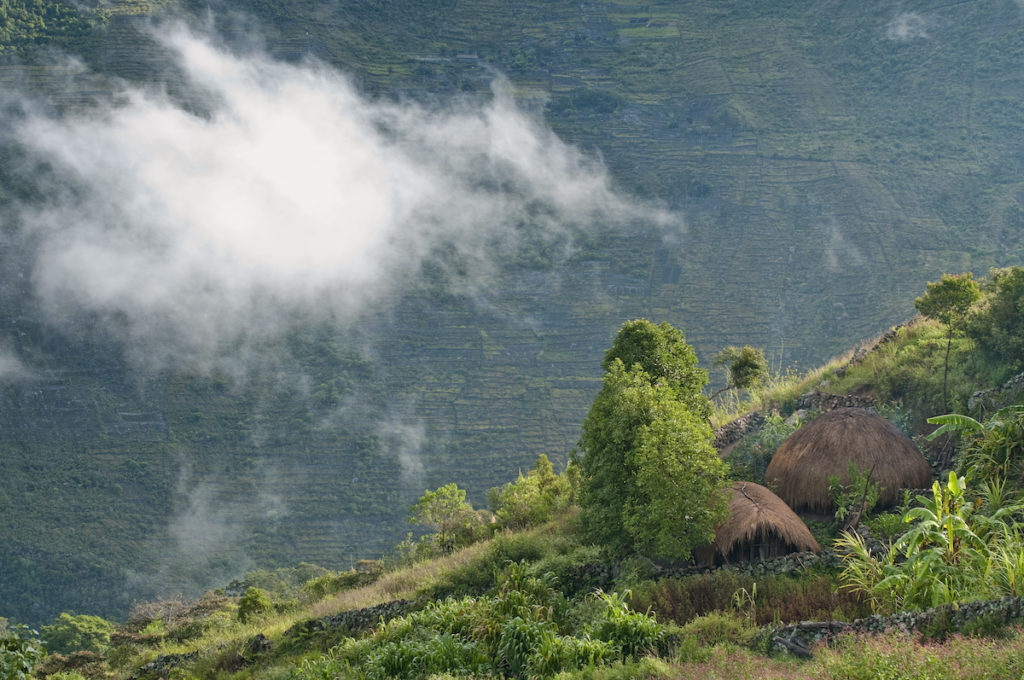

2 thoughts on “Types of Teas”